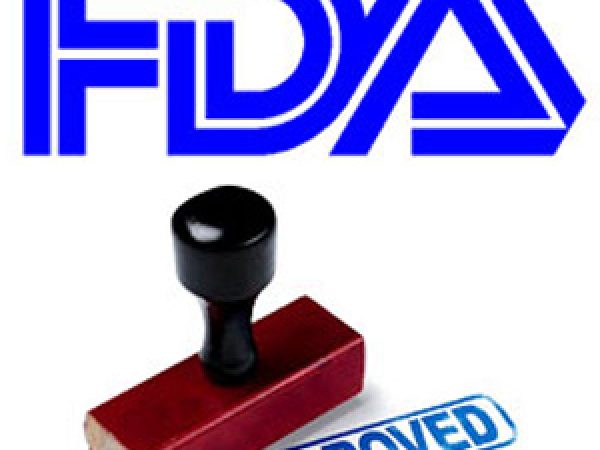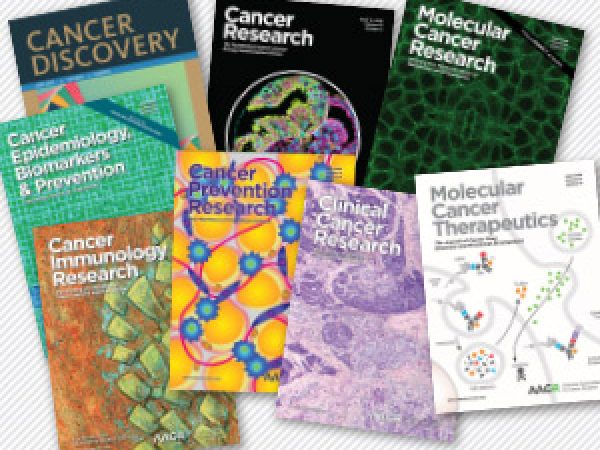SABCS 2021: The ‘Macro’ and ‘Micro’ of the Breast Cancer Stroma
Surrounding a tumor is a vast network of blood vessels, immune cells, proteins, and even bacteria, all of which may influence disease outcomes, in some cases driving progression, and in others subverting it.
This concept was explored at the San Antonio Breast Cancer Symposium (SABCS), held December 7-10, 2021. The meeting featured an educational presentation by Jennifer Guerriero, PhD, titled “Macro and micro: Macrophage and microbiome diversity in the breast cancer microenvironment,” which summarized our latest understanding of the interactions between breast tumors and components of their microenvironments.
The impact of macrophages
As described by Guerriero, several publications have demonstrated that breast tumors have a greater abundance of immune cells compared with normal tissues. In fact, immune cells comprise up to 80 percent of the cells within breast tumors and the surrounding stroma, with macrophages representing the majority of the immune population, she noted.
So, how do these macrophages affect the tumor?
Guerriero explained that increased macrophage density is typically associated with poor prognosis in patients with breast cancer. This is due to the ability of the macrophage, which matures in the tumor tissue, to sense that the tumor is hypoxic, leading to the adoption of wound repair functions, many of which favor the tumor. These include angiogenesis, breakdown of basement membrane walls, recruitment of immune-suppressive T regulatory cells, and suppression of antitumor immune responses. In contrast to the wound repair-focused macrophages, other types of macrophages in the tumor microenvironment (TME), particularly those responsible for protecting against pathogens, can have antitumor activity.
The presence of protumor macrophages in the breast TME has led to substantial interest in targeting them for cancer therapy. Strategies under investigation include inhibiting the macrophages’ protumor functions and reprogramming protumor macrophages into antitumor ones. Targeting the tumor-derived macrophage colony-stimulating factor 1 (CSF1) or the chemokine CCL2, both of which help recruit circulating monocytes to the tumor, is another potential approach. An inhibitor of the CSF1 receptor has been approved for clinical use, and many other compounds are being evaluated preclinically.
Guerriero stressed that the success of such therapies will require a deeper understanding of the complexity of macrophages within the breast TME. “I don’t think we really know how these macrophage-modulating agents work,” she said. “I don’t think we know what subsets of macrophages they’re working on, and we definitely don’t know who’s going to best respond to them.”

She explained that several factors contribute to the complexity of macrophage function in the TME. For one, macrophages in the TME can originate from either the bone marrow (referred to as bone marrow-derived macrophages) or the embryonic yolk sac (these become tissue-resident macrophages); these ontogenetic differences yield distinct transcriptional profiles and functions. Guerriero also emphasized that macrophages do not fall neatly into the M1 and M2 categories often assigned to them, with M1 macrophages traditionally considered to be proinflammatory and M2 macrophages considered to be involved in tissue repair. Thus, phenotype analyses based on cell markers and function should be conducted to better understand the role of macrophages in the TME.
Furthermore, tissue-resident macrophages can have tissue-specific functions; therefore, the macrophages within the TME of one tumor type (e.g., breast) may behave differently than those of another tumor type (e.g., lung). Adding to the complexity are the various subsets of macrophages that exist within the breast TME—a recent study identified 19 different subsets—which may contribute to vastly different tumor properties or treatment responses between individual breast tumors. An additional factor is the spatial organization of macrophages within the TME, as proximity to or interaction with other immune cells could impact function.
Finally, a recent study from Guerriero and colleagues suggests that tumor-intrinsic mutations may impact immune cell function and treatment responses. The researchers hypothesized that PARP inhibitors for the treatment of BRCA-mutated breast cancers may promote protumor macrophage functions. Consistent with this hypothesis, they found that adding macrophage suppression with a CSF1 receptor inhibitor to PARP inhibition significantly enhanced survival in mice with BRCA-mutated tumors. Therefore, Guerriero proposed that the genetic properties of each patient’s tumor (in this case, BRCA mutations) will be important to consider when selecting appropriate therapeutic strategies.
In light of these various complexities, additional research and considerations will be required to develop effective therapies targeting tumor-associated macrophages in breast cancer.
The impact of the breast microbiome
Another key factor that influences immune cell function and breast cancer biology is the breast microbiome, asserted Guerriero. She explained that the breast is exposed to the external environment, including bacteria and viruses, through breastfeeding and other processes. As a result, approximately 60 percent of breast tumors contain microbial DNA from a diverse set of species, a higher proportion than many other tumor types. The composition of the breast microbiome varies between benign and malignant breast tissue, with malignant tumors having higher abundances of bacteria associated with DNA double-strand breaks.
Guerriero also discussed recent data demonstrating that the makeup of the breast microbiome correlates with breast cancer subtype and patient ethnicity, and that it may influence immune cell activation, response to treatment, and treatment toxicity. The impacts of the breast microbiome on antitumor immunity and treatment response may be due to the release of microbial metabolites that regulate cell signaling, differentiation, DNA stability, metabolism, and circulating estrogens. In addition, the presence of microbes can activate innate immunity in the breast TME, which could affect antitumor immune responses.
Guerriero noted that the breast microbiome and its interactions with the immune response present potential therapeutic opportunities. “I think greater understanding of these microbial agents within the breast tumor can expand our ability to prevent, diagnose, and hopefully treat patients.”



